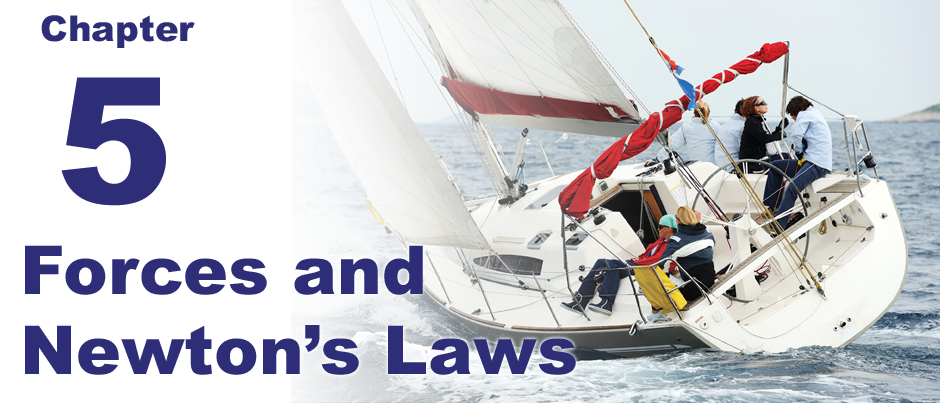 |
Many people consider sailing ships to be the finest examples of human ingenuity ever devised. With nothing but wind and sails for power, the elegant clipper ships of the mid-19th century carried passengers and precious cargoes across the Atlantic, making the 3,100 mile run in less than 14 days without a drop of fuel of any kind. Between 1840 and 1860 more than 350 fast clipper ships were built by American shipyards. Among many sailing records set by these ships, on March 1, 1854, the McKay Lightning traveled 436 nautical miles in 24 hours, the longest 24-hour run ever posted by a sailing ship up to that time. 
|
For enthusiasts, sailing remains the ultimate technology for harnessing the forces of nature to cross the vast distances between continents. The current 24-hour distance record was set in 2009 by the French boat Banque Populaire V. The Banque Populaire, a 40 m, carbon-fiber trimaran, sailed an astounding 908 nautical miles in 24 hours at an average speed of 37.8 knots! A high-tech racing boat, the Banque Populaire set the 24-hour distance record while on the way to setting another record for the fastest trans-Atlantic crossing. With no source of power except the wind, the record-setting, west-to-east crossing was made in 3 days, 15 hours, and 25 minutes. 
|
A variety of different and variable forces act on a sailboat as it travels through the water. The forces on a sail in a good wind can reach 100 N/m2. For a large sailboat with 50 m2 of sail, that comes to 5,000 N (or 1,200 lb) of force that can change from moment to moment. Most sailboats have a keel that extends down from the hull like a vertical fin. As the keel cuts through the water, its surface creates forces that keep the boat moving forward rather than sideways from the force of the wind. The keel of a large boat has a heavy weight at the bottom, helping to keep the boat upright against the tipping force from the sail. Tilting sideways (or “heeling”) can increase drag from the water, thereby causing the boat to sail less efficiently. 
|
Sailing requires expertise in manipulating the forces acting from wind and water. The wind might be blowing in one direction and the ocean current moving in a second direction, yet the sailboat crew probably wants to travel in a third direction. The crew can use the boom, for example, to vary the angle that the sail makes with the wind; they can also vary the number, size, and shape of the sails. You might think that sailing directly downwind would be fastest, but an expert sailor knows the highest speed is achieved by sailing at an angle of, say, 30°–60° from downwind in what is called a “broad reach.” By using the “tack-and-turn” maneuver, a sailboat can even travel upwind. 
|
| |
|

